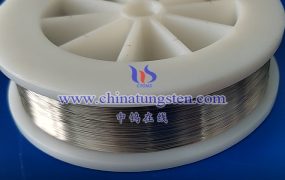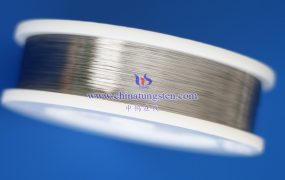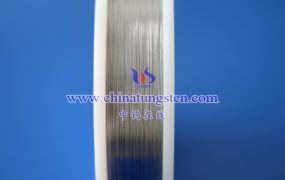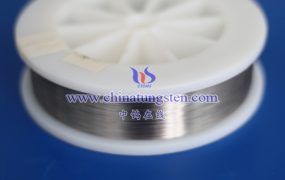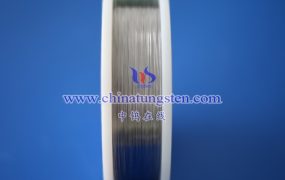The breaking strength of tungsten wire changes at different temperatures. This change is affected by many factors, including the diameter of the tungsten wire, material purity, gas content, and processing technology. The following is a detailed analysis of the law of change of tungsten wire breaking strength with temperature:
- Overall trend
Generally speaking, the breaking strength of tungsten wire changes with increasing temperature, but the specific change trend depends on the combined effect of the above factors. At lower temperatures, tungsten wire usually exhibits higher breaking strength, while at high temperatures, its breaking strength may decrease or remain unchanged, depending on the specific material and processing technology of the tungsten wire.
- Specific influencing factors
Diameter:
Generally, tungsten wires with larger diameters have higher fracture strength under the same conditions. However, as the temperature increases, the effect of diameter on fracture strength may change.
Material purity:
High-purity tungsten materials are usually harder, so the fracture strength is also higher. When the temperature changes, high-purity tungsten wires may show more stable fracture strength.
Gas content:
The air content inside the tungsten wire will also affect the fracture strength. Tungsten wires with higher gas content may reduce the fracture strength at high temperatures due to the expansion of the internal gas.
Processing process:
The processing method, annealing temperature and other processing processes of tungsten wire will also affect its fracture strength. For example, tungsten wires that have been properly annealed may show higher fracture strength at high temperatures.

- Change rules
Low temperature zone:
At low temperatures, tungsten wires usually show higher fracture strength. This is because the microstructure of tungsten wires at low temperatures is relatively stable and not prone to plastic deformation and fracture.
Medium temperature zone:
As the temperature increases, tungsten wires may enter the medium temperature zone, at which time their fracture strength may decrease slightly. This is because the increase in temperature will cause the atomic vibration inside the tungsten wire to intensify, thereby reducing its fracture resistance.
High temperature zone:
At high temperatures, the fracture strength of tungsten wire may be further reduced. This is because tungsten wire is prone to plastic deformation and creep at high temperatures, which leads to a decrease in its fracture strength. However, for tungsten wire that has been specially treated (such as high-temperature annealing), its fracture strength may remain relatively stable at high temperatures.
- Considerations in practical applications
In practical applications, it is necessary to select suitable tungsten wire according to the specific use environment and requirements. For example, tungsten wire used in high temperature environments needs to have high fracture strength and creep resistance to ensure its stability and reliability. Therefore, when selecting tungsten wire, it is necessary to comprehensively consider factors such as its diameter, material purity, gas content, processing technology, and use temperature.
More details of tungsten wires, please visit website: http://tungsten.com.cn/tungsten-wires.html
Please contact CHINATUNGSTEN for inquiry and order of tungsten needles:
Email: sales@chinatungsten.com
Tel.: +86 592 5129595

